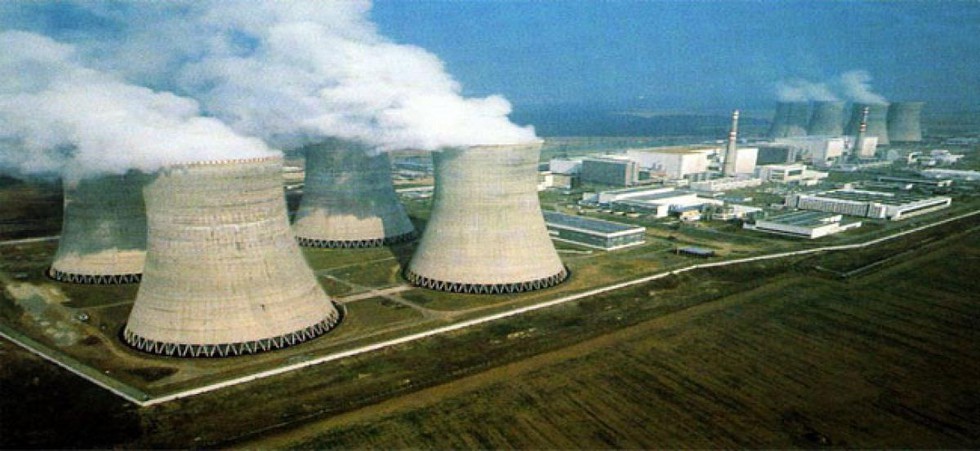India has a 3-stage nuclear programme.
- The 3-stage nuclear programme is developed with the aim of utilizing the vast Thorium reserves in India (about 25% of the world)
- Besides India has limited availability of Uranium reserves (about 2% of the world’s uranium reserves)
- 1st Stage
- Pressurized Heavy Water Reactors are based on natural uranium that contains 99.3% U-238 and 0.7% U-235.
- U-235 being fissile sets up the chain reaction and U-238 being non-fissile gets converted to Pu-239 as a byproduct (spent fuel) which is in turn used in the Fast Breeder Reactors in the 2nd
- 2nd Stage
- Fast Breeder Reactors are primarily based on Plutonium.
- Further the breeder reactors use mix of Plutonium-239 produced in the 1st stage and U-238 that is abundantly found on earth to produce Plutonium inside the reactor.
- Note that U-238 is not fissile material and thus cannot set up chain reaction.
- Since the amount of Plutonium produced inside the reactor is more than that initially used, it is called Breeder reactor.
- In order to increase the probability of neutron hitting U-238, these reactors do not use a moderator to slow down neutrons and thus they are called Fast Breeder Reactors.
- Once the Plutonium-239 is completely used, Thorium is introduced in the reactor to convert it into U-233 that will be used in 3rd
- 3rd Stage
- Thermal Breeder Reactors uses U-233 that is produced in the 2nd stage using thorium-232.
- Thorium is also not radioactive and thus not fissile.
- Since these reactors also produce U-233 out of Thorium-232 they are called breeder reactors.
- India has abundant thorium reserves in the form of monazite sand, and therefore the 3rd stage is critical for India’s nuclear energy basket.
